
BY DR. RAVINDER PALL SAINI
INDIAN FOREST SERVICE ( RETIRED)
MEMBER, BOARD OF MANAGEMENT
FOREST RESEARCH UNIVERSITY
DEHRADUN
DEHRADUN, 3 MARCH 2024:
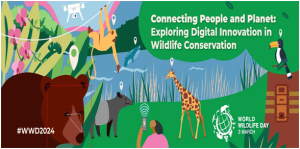
World Wildlife Day, celebrated every year on 3 March, observes the day to mark the CITES i.e. Convention on International Trade in Endangered Species of Wild Fauna and Flora in 1973. The theme for 2024 is “Connecting People and Planet: Exploring Digital Innovation in Wildlife Conservation,“.
Digital innovation is transforming the way we safeguard our invaluable biodiversity. Groundbreaking apps now enable us to tell different tiger species apart in seconds. Drones are helping us roam large areas to locate sea turtle nesting sites. Advanced tracking systems, real- time data analytics, and artificial intelligence-driven solutions are empowering conservationists across the globe with unprecedented tools to help identify, monitor, track and ultimately preserve wildlife. However, as we leverage our growing technological capacities, we must also revitalize our commitments to sustainable development. This includes preventing destructive ecological impacts, mitigating threats to species and livelihoods arising from the misuse of technology, and ensuring digital inclusion for all by 2030”.
— CITES Secretary-General Ivonne Higuero.
The day is about raising awareness about wildlife and educating yourself and others about the diversity and importance of flora and fauna across the world. In other words, it is the celebration of the beautiful biodiversity that exists on our planet.
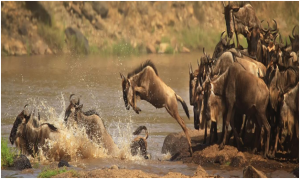
History and significance:
On 20 December 2013, at its 68th session, the United Nations General Assembly (UNGA) proclaimed 3 March – the day of signature of the Convention on International Trade in Endangered Species of Wild Fauna and Flora (CITES) in 1973 – as UN World Wildlife Day.
Habitat loss, climate change and poaching are among the most alarming challenges faced by wildlife today. Poaching and trafficking of wildlife is now the most immediate threat to many species, whether charismatic or less known. The fate of the world’s wildlife will soon be in the hands of the next generation. The pressing need for enhanced action to ensure the survival of wildlife in its natural habitats must be imparted from generation to generation, and the youth should have the opportunity to communicate the conservation goals to a wider society.
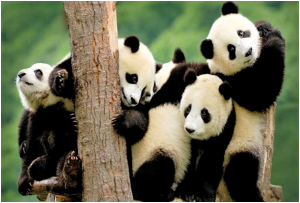
The secretariat of the Convention on International Trade in Endangered Species of Wild Fauna and Flora (CITES), in collaboration with other relevant United Nations organizations, facilitates the implementation of World Wildlife Day.
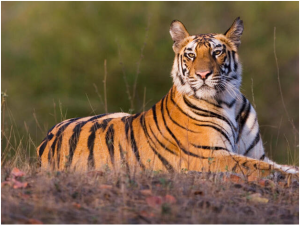
With over 183 Member States, CITES remains one of the world’s most powerful tools for biodiversity conservation through the regulation of trade in wild fauna and flora.
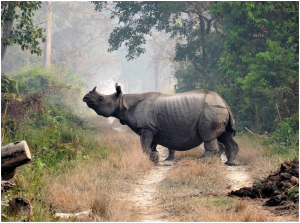
This Year’s Theme:
World Wildlife Day 2024 will be held under the theme “Connecting People and Planet: Exploring Digital Innovation in Wildlife Conservation” to explore digital innovation and highlight how digital conservation technologies and services can drive wildlife conservation, sustainable and legal wildlife trade, and human-wildlife coexistence, now and for future generations in an increasingly connected world.
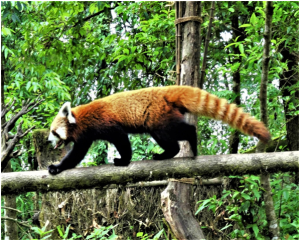
We are amid a global digital revolution that is breaking down barriers to people-centred digital governance and to equal opportunities for all to unleash the power of digital transformation. The ‘digital divide’ is slowly narrowing, with better connectivity and Internet access reaching 66 per cent of our global population. However, around 2.7 billion people of our global population are still not online. On average, only 36 per cent of the populations in the least developed countries and landlocked developing countries are online. Women and young people are more likely to experience gaps in Internet access and/or job-ready digital skills.
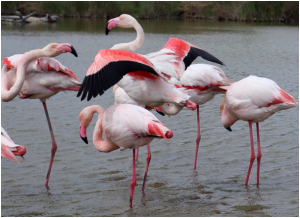
Technological innovation has made research, communication, tracking, DNA analysis and many other aspects of wildlife conservation easier, more efficient, and accurate. Yet, uneven access to these new tools, environmental pollution and unsustainable applications of certain technologies remains critical issues for achieving universal digital inclusion by 2030.
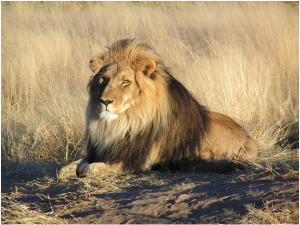
This year, the CITES Secretariat has teamed up with the United Nations Development Programme, WILDLABS, Jackson Wild (host of the World Wildlife Day Showcase) and the International Foundation for Animal Welfare (IFAW) (host of the World Wildlife Day Youth Art Contest). (Source: Geneva Environment Network).
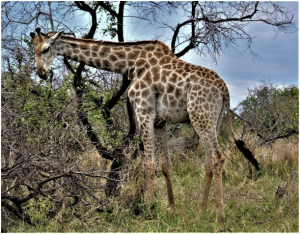
Yearly Themes and Activities:
Since 2014, the international community has been celebrating World Wildlife Day with a different theme selected for each year. Find more information for each year below:
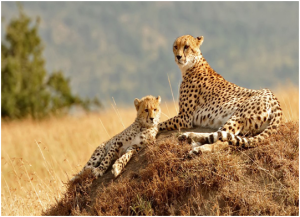
2024 | Connecting People and Planet: Exploring Digital Innovation in Wildlife Conservation
2023 | Partnerships for Wildlife Conservation
2022 | Recovering key species for ecosystem restoration.
2021 | Forests and Livelihoods: Sustaining People and Planet
2020 | Sustaining all life on Earth.
2019 | Life below water: for people and planet
2018 | Big cats: predators under threat
2017 | Listen to the young voices.
2016 | The future of wildlife is in our hands.
2015 | It’s time to get serious about wildlife crime.
2014 | First Celebration
( Pictures by author and some adapted & shared from World Wildlife UNO site)

Advertisement:

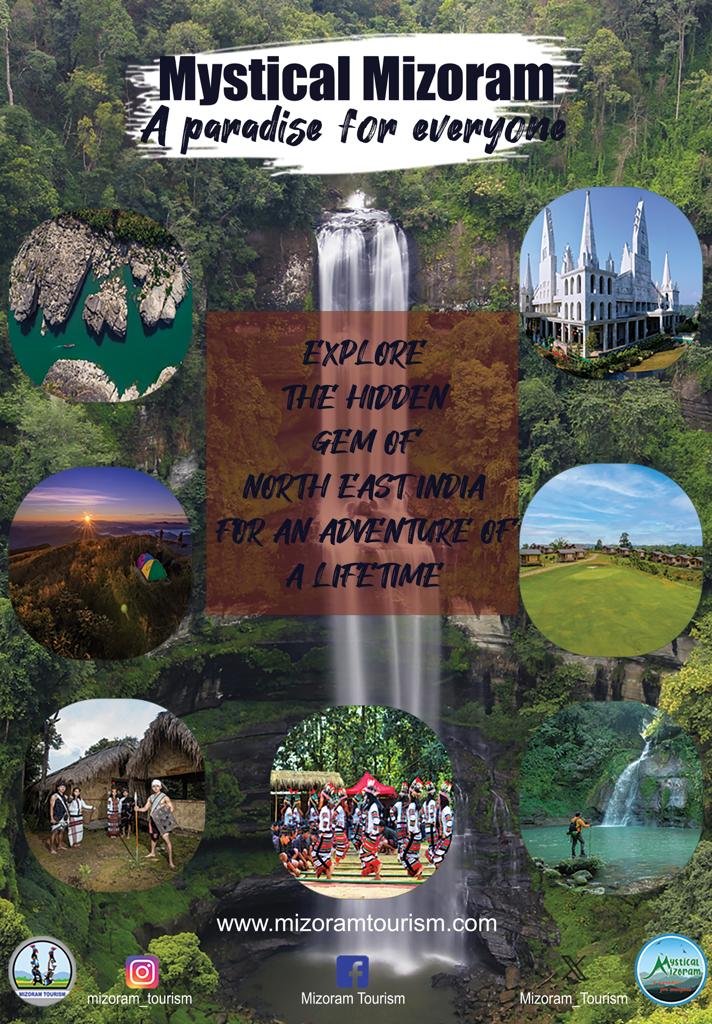


























Add Comment